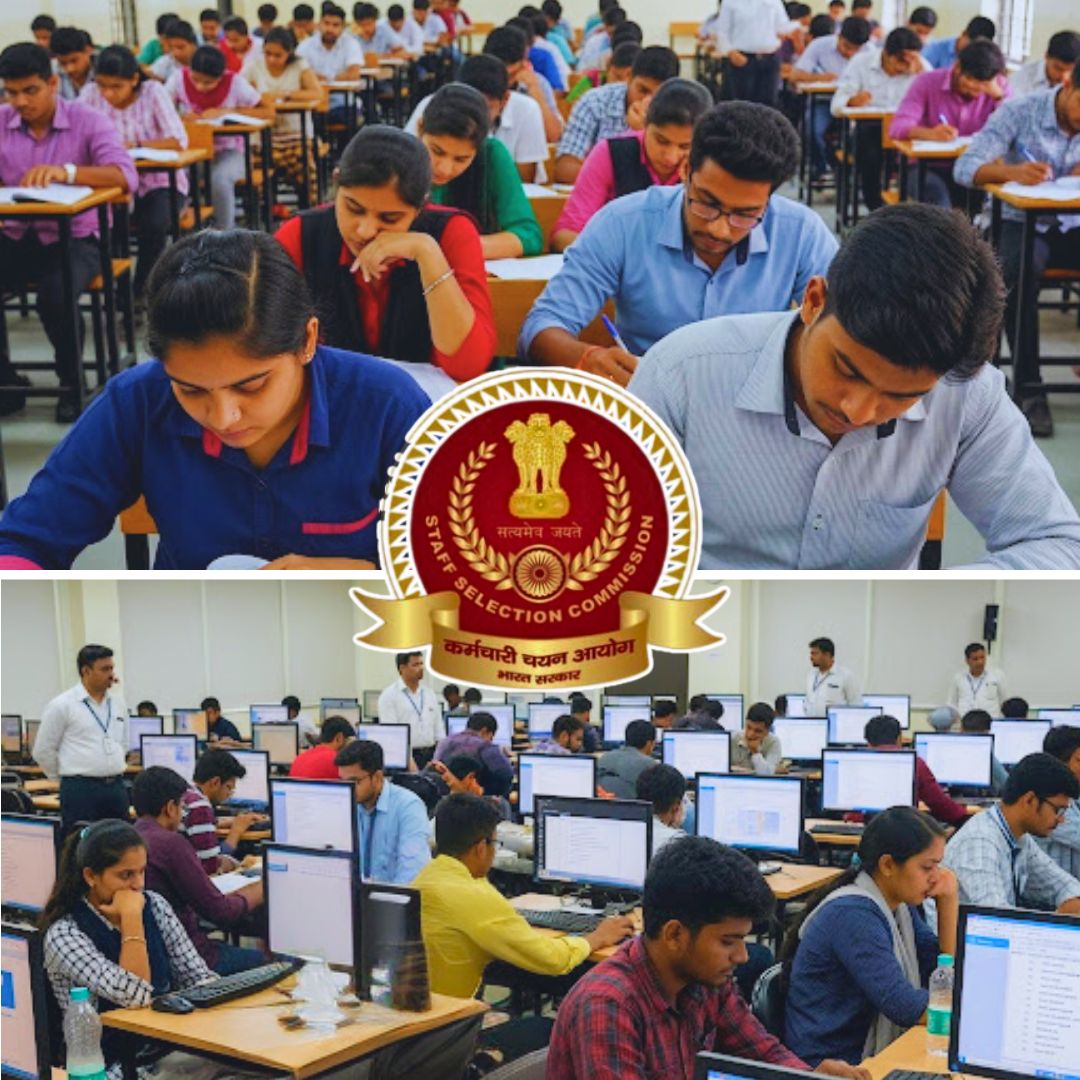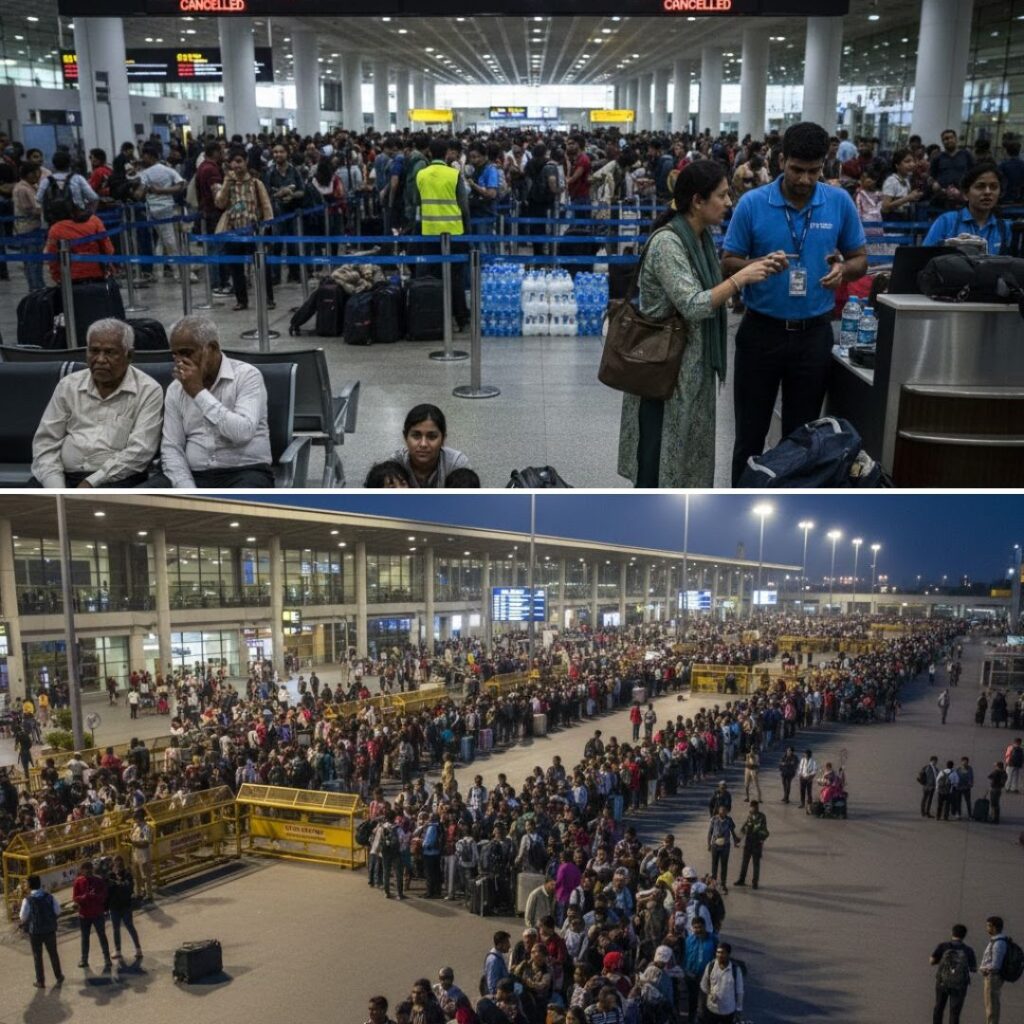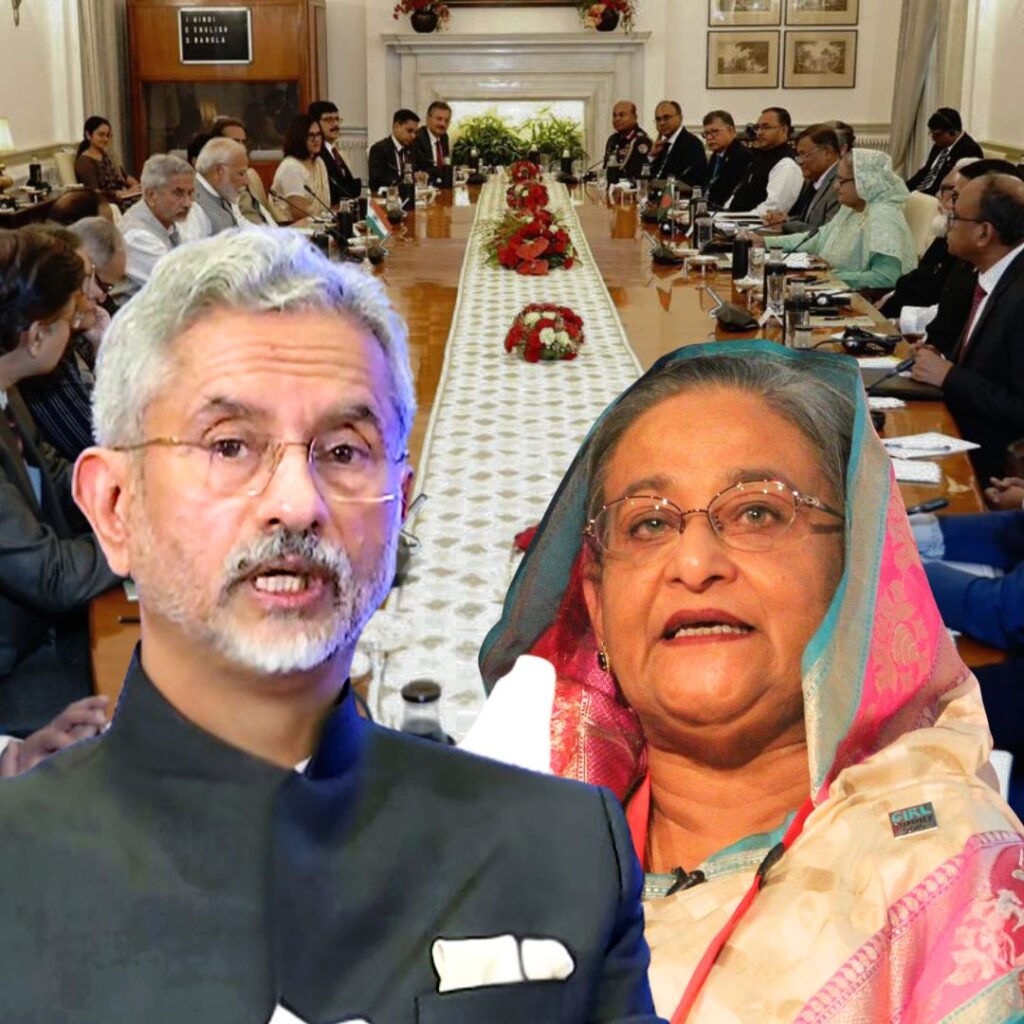The Staff Selection Commission (SSC) has unveiled sweeping reforms to its recruitment process in August 2025, promising faster appointments, enhanced transparency, and a more inclusive system for millions of aspirants nationwide. Here’s an in-depth look into the scope, implications, and hopes surrounding this overhaul.
SSC Slashes Recruitment Cycle to 6–10 Months
In a historic move, the SSC has reduced its traditional recruitment cycle from nearly two years to just 6–10 months. For years, aspiring candidates navigated protracted delays and uncertainty before being selected for coveted government jobs. Now, the Commission is expediting appointments by moving to an entirely computer-based examination model, scrapping most interviews, and introducing a streamlined e-dossier-based document verification system.
Minister of State for Personnel, Jitendra Singh, announced in Parliament that the reforms are already in motion and will be extended to all ongoing and upcoming recruitment cycles.
Digital Transformation: Key Changes and Stakeholder Reactions
The backbone of these reforms is rapid digitisation. All written tests will now be conducted online, descriptive papers have been largely eliminated, and interviews discarded except for select Group ‘B’ Gazetted posts. The interval between examination notification and administration has shrunk from 45 to 21 days.
This digital push includes initiatives such as voluntary Aadhaar authentication, a dedicated “mySSC” app for registrations, and a transparent e-dossier upload system, enabling candidates to complete documentation swiftly. The introduction of new posts and a “sliding scheme” for filling unclaimed vacancies further underscore the shift towards efficiency and fairness.
Officials say these changes directly address longstanding student grievances. “Candidates used to wait for years for results. This move addresses their frustration and restores faith in the government hiring process,” Minister Singh said.
While the reforms have won broad applause from hopefuls, concerns persist, particularly about the need for robust technical infrastructure following recent disruptions-including the cancellation and rescheduling of exams for nearly 60,000 candidates due to server issues.
Background: Why Reform Was Urgent
Persistent protests, high-profile technical failures, and a demand for transparency spurred the SSC to act swiftly. Recruitment bottlenecks, lack of communication, and an outdated, paper-heavy process led to a backlog of unhappy, unemployed youth. The disruption of the Phase 13 Selection Post exam in July–August 2025, impacting nearly 60,000 aspirants, sent a clear message that the system required root-and-branch reform.
The government’s recent measures-such as fee reductions for answer key objections, dedicated hotlines, and accommodations for candidates with disabilities-have come in direct response to feedback from students and advocacy groups.
The Logical Indian’s Perspective
The Logical Indian commends these steps as a vital recognition of youth aspirations, dignity, and the value of time. Streamlined, digital, and transparent recruitment processes reflect a government ready to listen and adapt-qualities essential for a peaceful, harmonious, and progressive society.
Yet, access and inclusivity must remain paramount; digital reforms should never exclude those from less privileged backgrounds.











